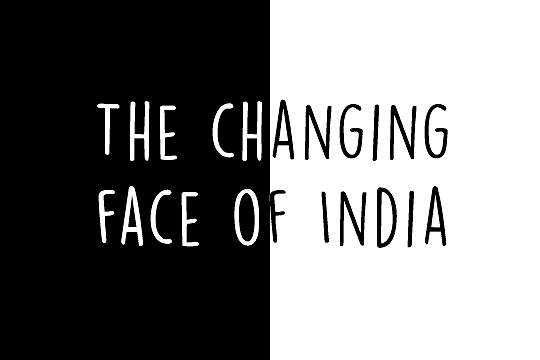The Master of Ceremonies (MC) at the ICCO Global Summit 2006 held in New Delhi this October, started the session “The Changing Face of India” by mis-pronouncing the name of one of India’s most respected journalists – TN Ninan (Pronounced Tee En Nine-un, not Neenaan as the lady announced).
While Ninan rightly expressed his irritation, I couldn’t help but smile at the symbolism of the incident
Firstly, it reminds us that despite the years of cultural assimilation and progress, India is still a very culturally diverse country – there is no “typical Indian” and most Indians know very little about, and what makes the person in front of them tick!
And as communication consultants, when you add the factor of a constantly evolving economy to this constantly stirring society, it is most likely that the moment you reach within an arm’s length of understanding your consumer, he’s going to do a character twist and wriggle out of your mental grasp!
The second symbolism I felt, was even though we all consider Ninan to be ‘famous’ journalist, he’s actually not that familiar a name among the general audience.
And in that reflects another truth of the new India today, which is similar to the rest of the developing world: Media is evolving, the erstwhile giants of print and television have a much lesser impact on society than before, and they have to compete with upstarts like the internet, and surprisingly even the resurgent radio!
Thirdly, the way Ninan reacted, also reflected the changing face of India – he was quick to ask aloud “who the hell is Neenan!??” and then he went on to ignore the MC as she tried to wrap up the session at the end of its allotted time, taking his time to make the points he had to.
The new Indian doesn’t give a damn about the voice of authority (no pun intended), is not afraid to raise issues that could even affront someone in power, is ready to stand up and defend their individuality, and will do whatever it takes to get their voice heard!
As I started chewing on the symbolism, my thoughts were further fed by R Gopalakrishnan, Executive Director of Tata Sons – one of the most respected companies in India. He pointed out that India’s consumption pattern resembles that of developed nations. And urbanisation is on a fast track that not only connects large cities, but is making inroads into rural India as well.
If you ask what are Indians spending on? Well, Mobile Phones, Televisions, Cars, and Computers are some of the products harvesting the seeds of this increased spending.
They’re all tools of communication, getting around, and connecting people. And Indians are seeking out these in large numbers – not just the standard vanilla variety, but in the form of individually customised sundaes! Mobile phones that do a lot of things in a lot of languages, not just televisions but interactive televisions, and all kinds of cars for different occasions.
The point is, the changing face of India is culturally diverse and constantly diversifying, attention spans are fleeting and flying all over the media space, and of course media isn’t only “the media” anymore.
That’s what I took out from this session at the Summit. The rest of the presentations in this session were just feel good presentations for Indian audiences, and provided fascinating (and inviting) facts for the foreigners.
To know more about India and all the fact and figures, check out India Brand Equity Foundation or Confederation of Indian Industry

[…] Noshtradamus gives us the symbolic significance of the mispronunciation of a name during the session on “The Changing Face of India” at the ICCO Global Summit 2006. […]
Very nicely put.
Thanks DesiPundit, Thanks Chacko,
It’s visits like your’s that keeps this whole thing interesting!
I stumbled upon your blog in a search for ‘Santosh Desai’. I hadn’t heard about him till recently. I will soon be returning to India after spending many years in the US. Like you, I used to be a copywriter. I then went on to get a doctorate in consumer psychology and have been doing ‘innovative’ market research since then. I am so glad there are people with your (and Santosh’s – from what I have read) mind back home. I find a holistic persepctive sorrily lacking around these parts. India is at an exciting but rocky point in this ‘globalization’. Will it go down the tiresome road of shameless capitalism despite how clear it is that pure consumerism doesn’t quite cut it? Or can we engage in branding such that our brands create and reflect our unique culture rather than merely emulate the West?